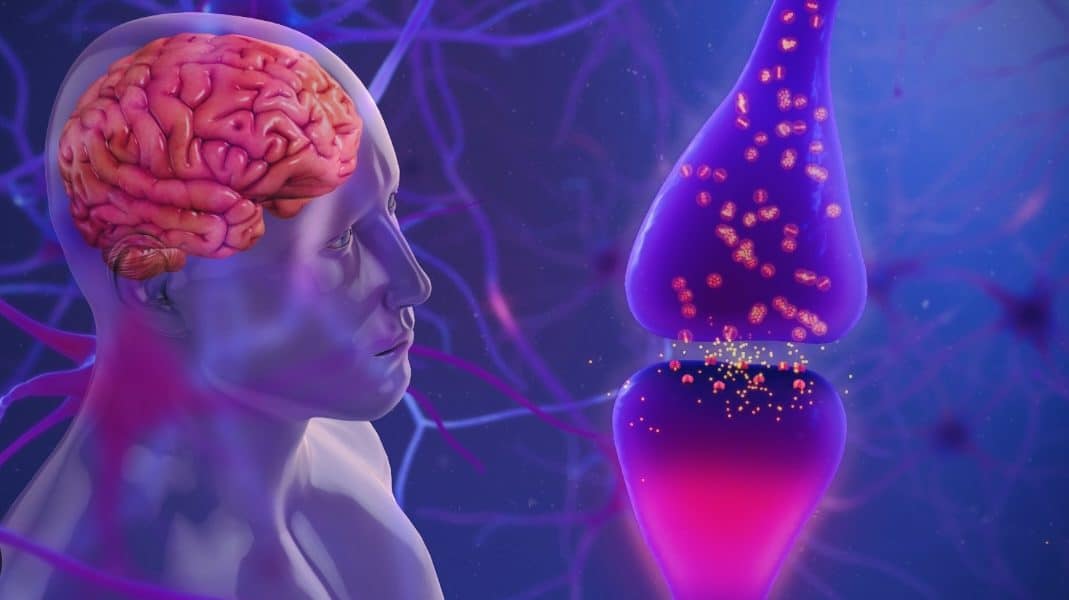By Sumaiya Farheen and Andrew Siyabalawatte, April 2023.
How is Parkinson’s treated on the NHS?
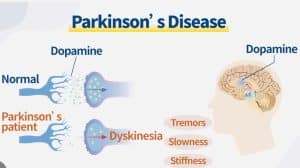
Parkinson’s disease is a progressive neurological disorder that affects movement. It can be managed through a wide range of treatments and therapies, and the National Health Service (NHS) offers various options depending on the severity of the disease and the individual patient’s needs.
Deep Brain Stimulation (DBS)
This is a surgical procedure that involves implanting electrodes into the brain to help control movement. DBS can help alleviate the symptoms of Parkinson’s disease, especially in patients who do not respond well to medication.
Speech and Language Therapy
Parkinson’s disease can affect speech and communication. Speech and language therapy can help improve communication and swallowing difficulties.
5 signs you may get Parkinson’s
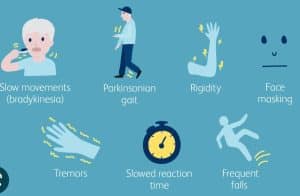
That being said, here are some of the common risk factors and early signs associated with Parkinson’s disease
- Age
Parkinson’s disease typically develops in people over the age of 60, although it can occur earlier.
2. Family history
Having a close relative, such as a parent or sibling, with Parkinson’s disease may increase your risk of developing the condition.
3. Tremors
A tremor, or shaking, in the hand, arm, leg, or jaw is one of the most common early signs of Parkinson’s disease.
4. Slowed movement
Parkinson’s disease can cause bradykinesia, which is a slowing of movement, making it difficult to start or complete a task.
5. Postural instability
Parkinson’s disease can cause problems with balance and coordination, leading to falls or difficulty standing up.
Hand test for Parkinson’s
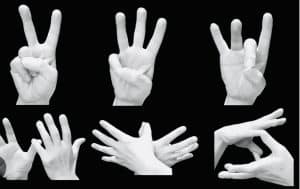
The hand test, also known as the “coin rotation test,” is a simple physical test that can be used to assess the presence of tremors in the hands, which can be a common early symptom of Parkinson’s disease.
During the test, the patient is asked to hold a coin or a small object between their thumb and index finger and rotate it repeatedly. A healthcare professional will observe the patient’s hand movements for signs of tremors, such as shaking or irregular movements.
How is Parkinson’s Diagnosed?
Parkinson’s disease can be difficult to diagnose, especially in its early stages, as its symptoms can be similar to those of other conditions. Here are some of the common diagnostic procedures-
Medical history
A healthcare professional will take a detailed medical history to look for any genetic or environmental factors that may increase the patient’s risk of developing Parkinson’s disease. They will also ask about the patient’s symptoms and when they first noticed them.
Imaging
Tests such as magnetic resonance imaging (MRI) or computed tomography (CT), may be used to rule out other conditions and to detect any changes in the brain associated with Parkinson’s disease.
DaTscan
This is a type of imaging test that uses a radioactive tracer to measure dopamine levels in the brain. It can help distinguish Parkinson’s disease from other conditions that may share similar symptoms i.e. essential tremor.
8 Ways To Possibly Prevent Developing Parkinson’s Disease
1) Physical therapy
Exercises and stretches designed to improve mobility, flexibility, and balance.

2) Balance and gait training
This may include exercises designed to improve balance and walking ability, such as stepping over obstacles or walking on uneven surfaces. Using a balance board to strengthen the legs and back.
3) Strengthening exercises
These may include exercises to strengthen the muscles used for walking, standing, and sitting, as well as resistance training using weights or resistance bands.
4) Range of motion exercises
These are designed to help maintain flexibility and reduce muscle stiffness. Examples may include stretching, joint mobilization, and massage.
5) Aerobic exercise
This can help improve cardiovascular fitness, which is important for overall health and well-being. Examples may include walking, cycling, or swimming.
6) Education and training
Here at Back To Health Wellness, we provide education on posture and body mechanics. This knowledge will help with balancing the body and and fall prevention.
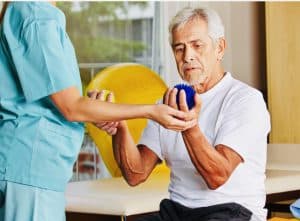
7) Massage therapy
This may help reduce muscle stiffness, improve circulation, and promote relaxation. Massage therapy may offer several potential benefits for people with Parkinson’s disease, including-
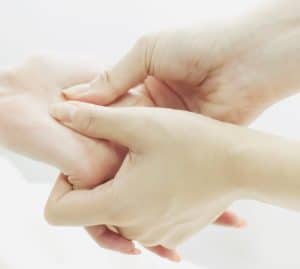
8) Osteopathy and Parkinson’s
Osteopathy has been shown to be clinically effective in treating this condition. Osteopathy can improve balance in individuals with dizziness, and improve gait. Our Osteopath, Andrew Lakmal has personally overseen an improvement in his clients motor function and balance.
Reducing Stress and Anxiety
Parkinson’s disease can cause emotional stress and anxiety, which may exacerbate motor symptoms. Massage therapy and Osteopathy can promote relaxation and reduce stress, potentially improving overall well-being and quality of life.
Improving sleep
Parkinson’s disease can disrupt sleep, and massage therapy may help improve sleep quality by reducing stress, promoting relaxation, and reducing muscle tension.
It’s important to note that the effectiveness of the suggested manual therapies may vary depending on the individual patient and their specific symptoms.
We at Back to Health Wellness strive to improve the quality of life for Parkinson’s patients through innovative and comprehensive treatments.

